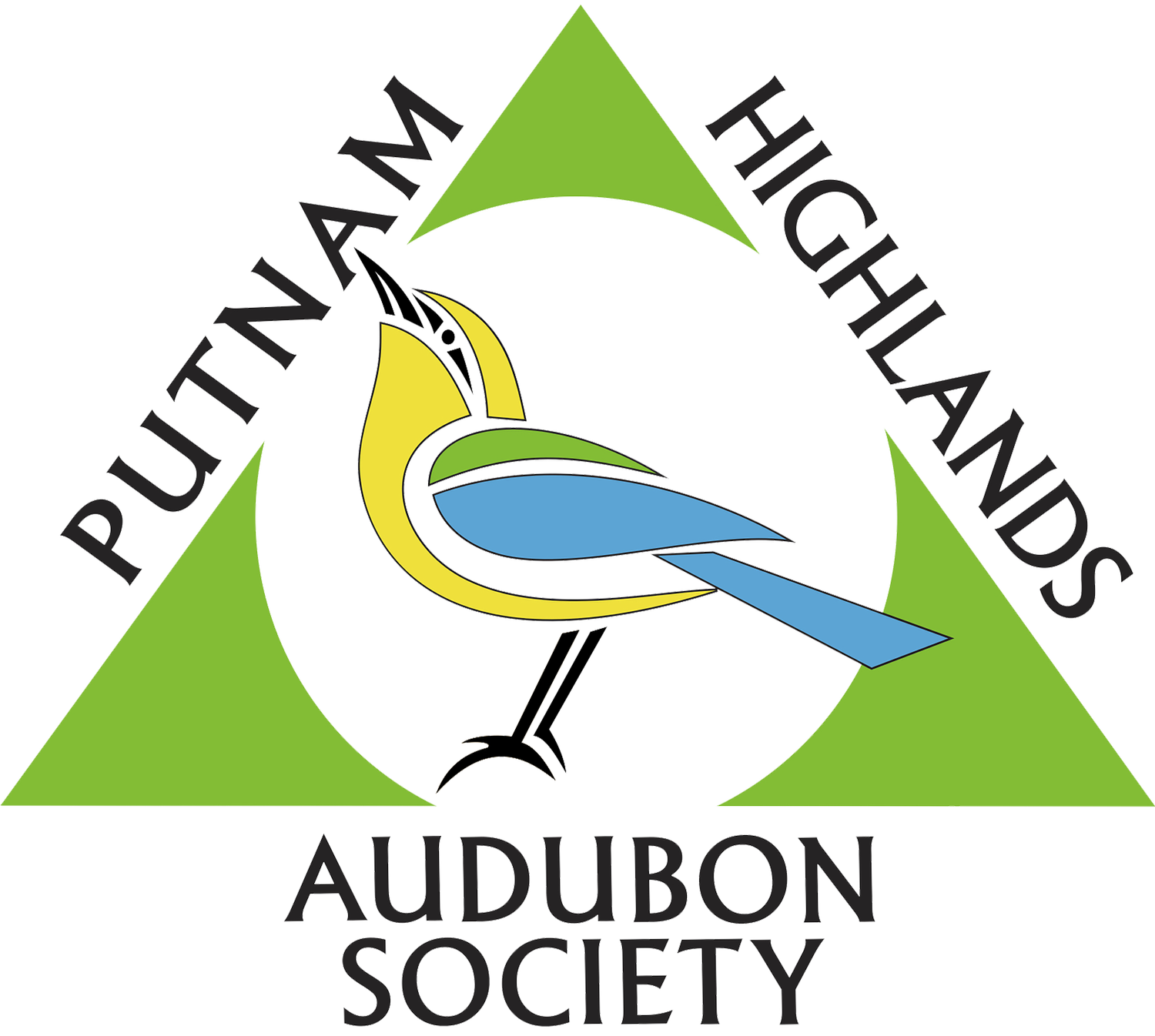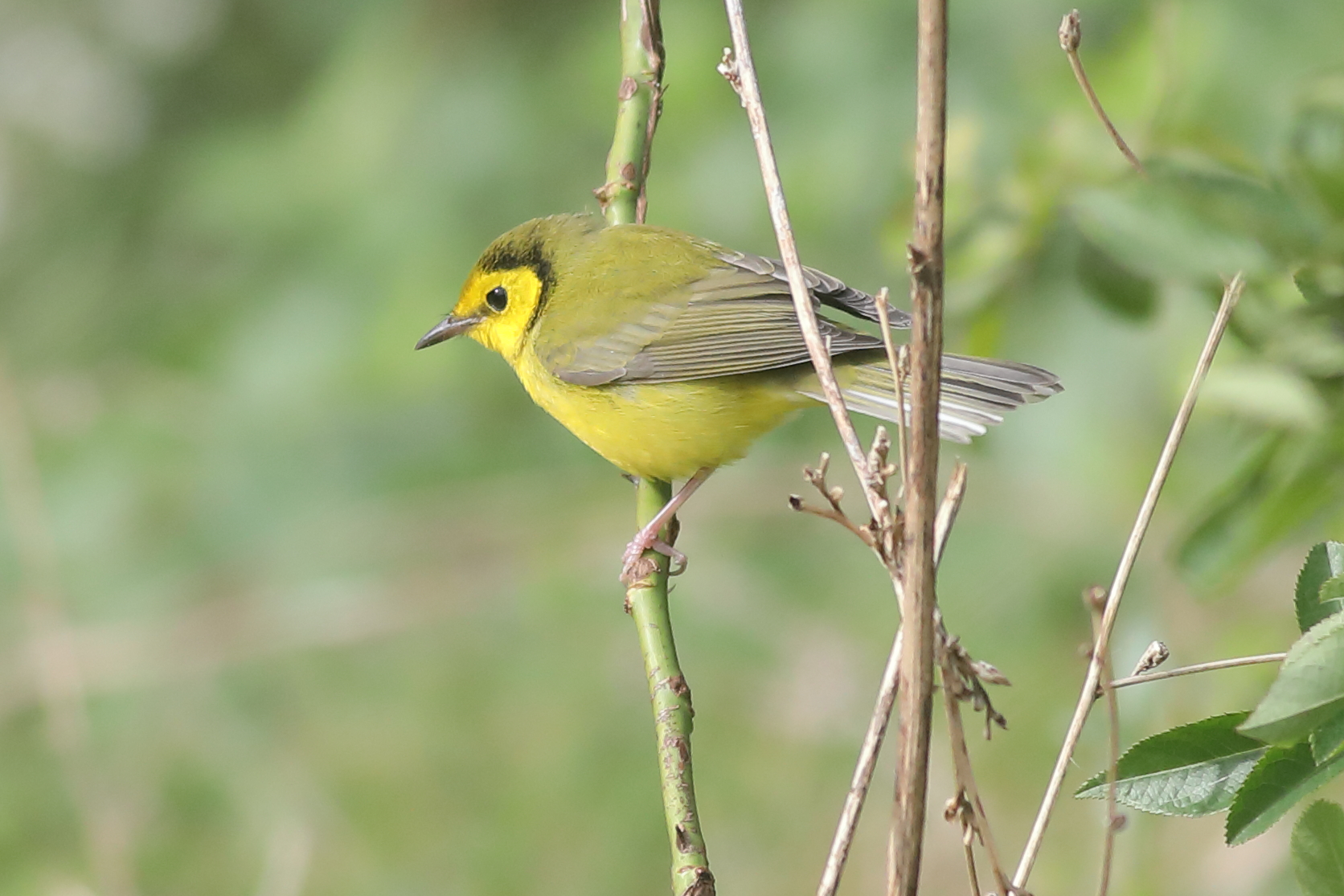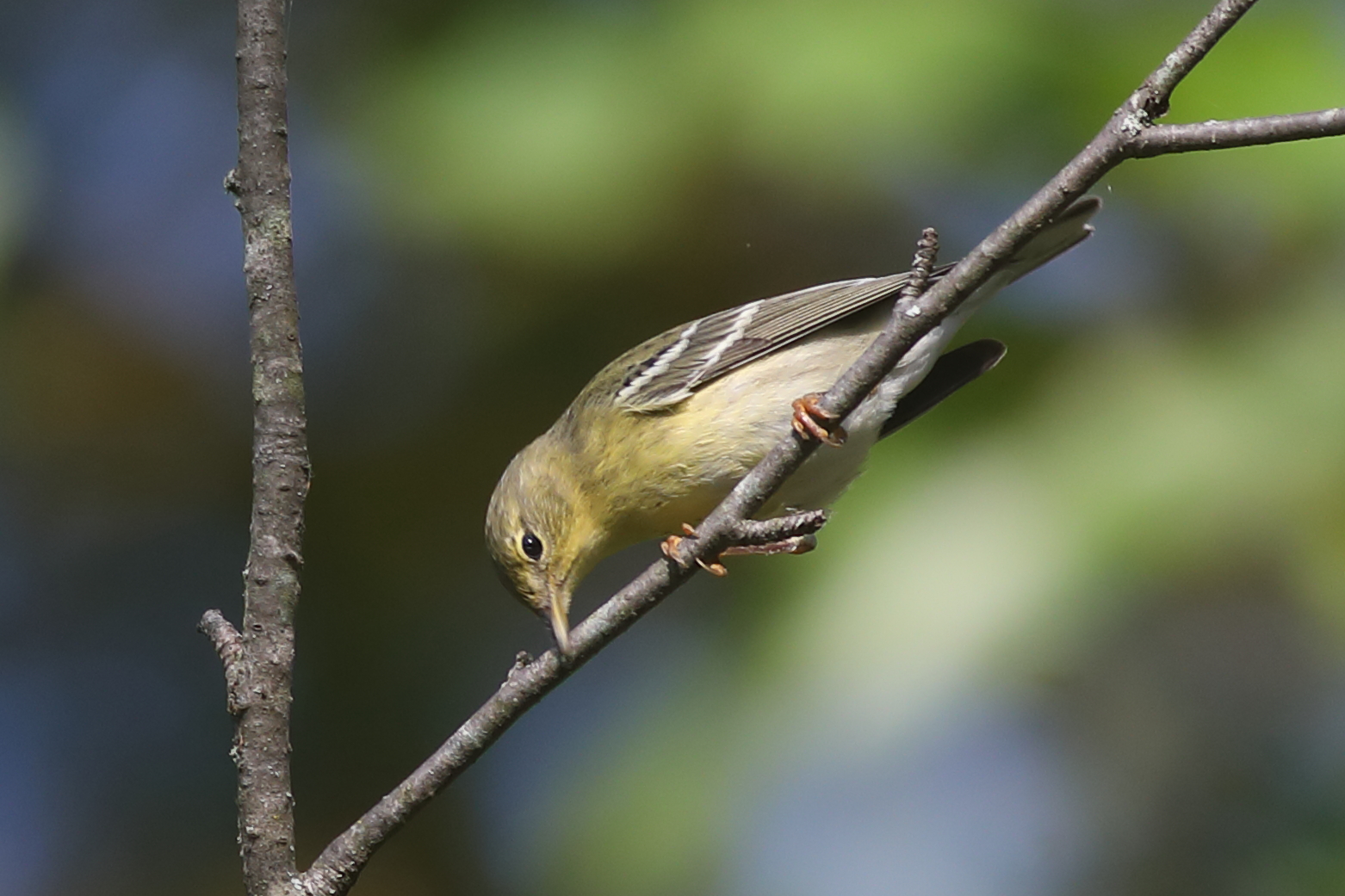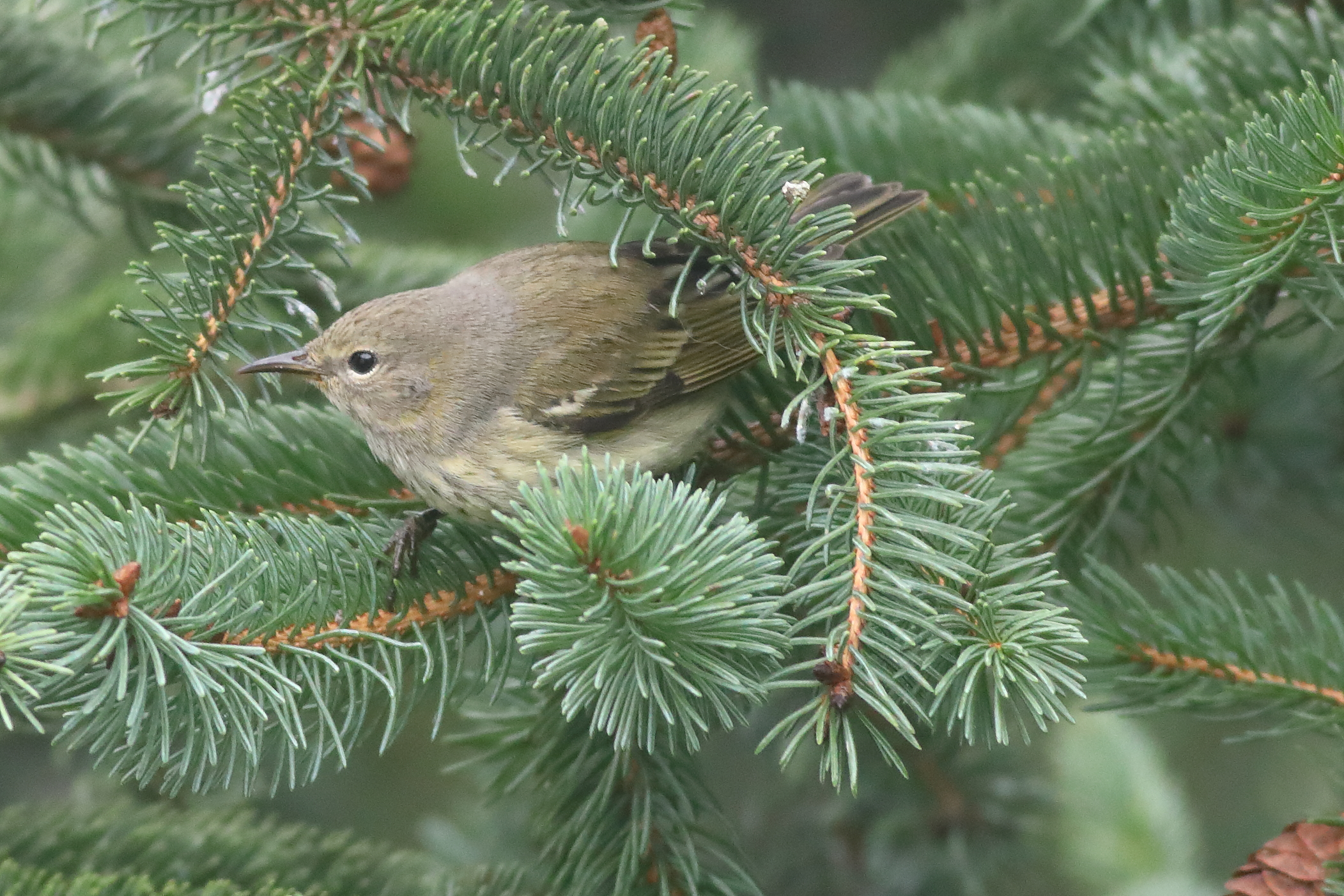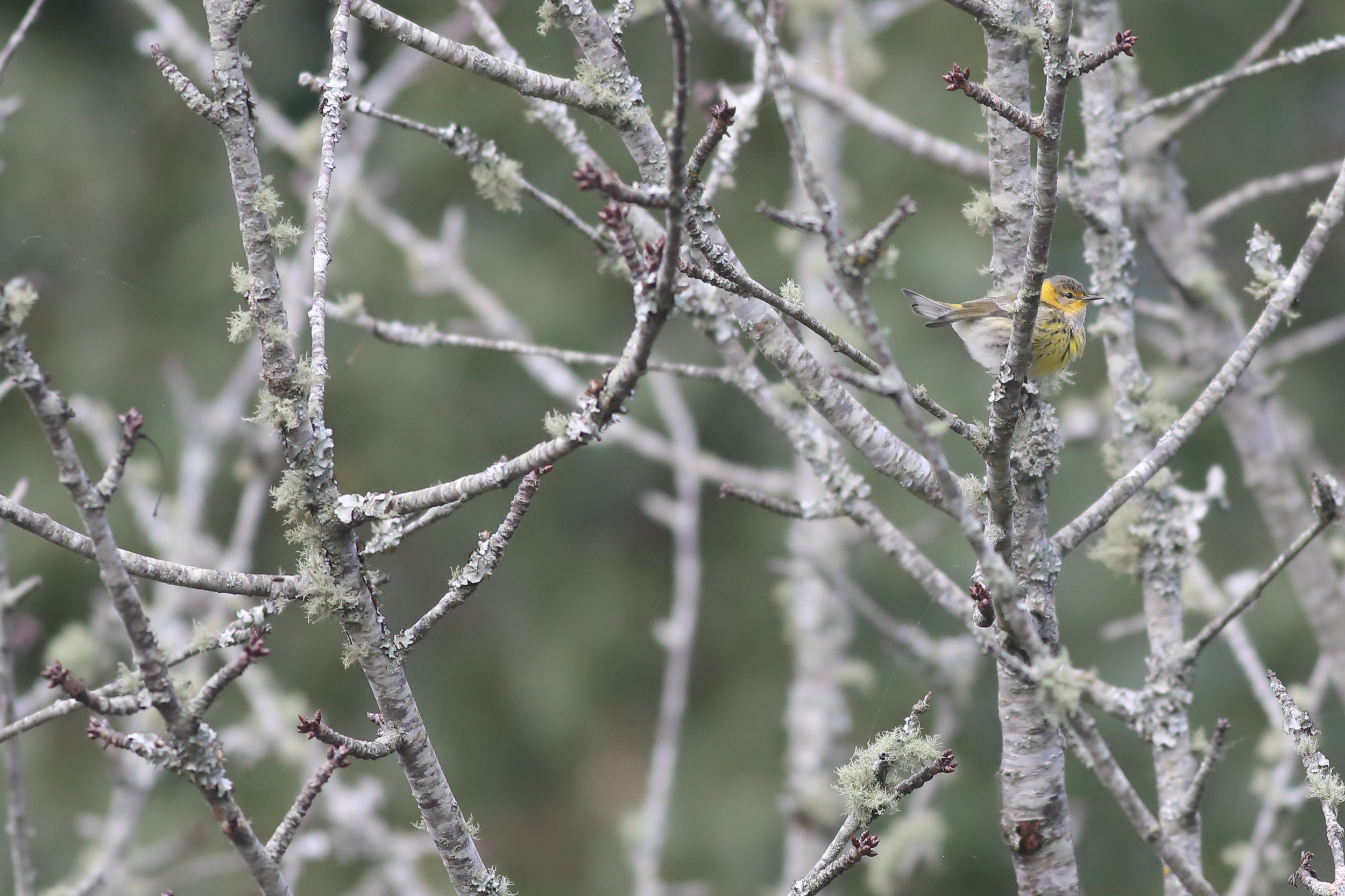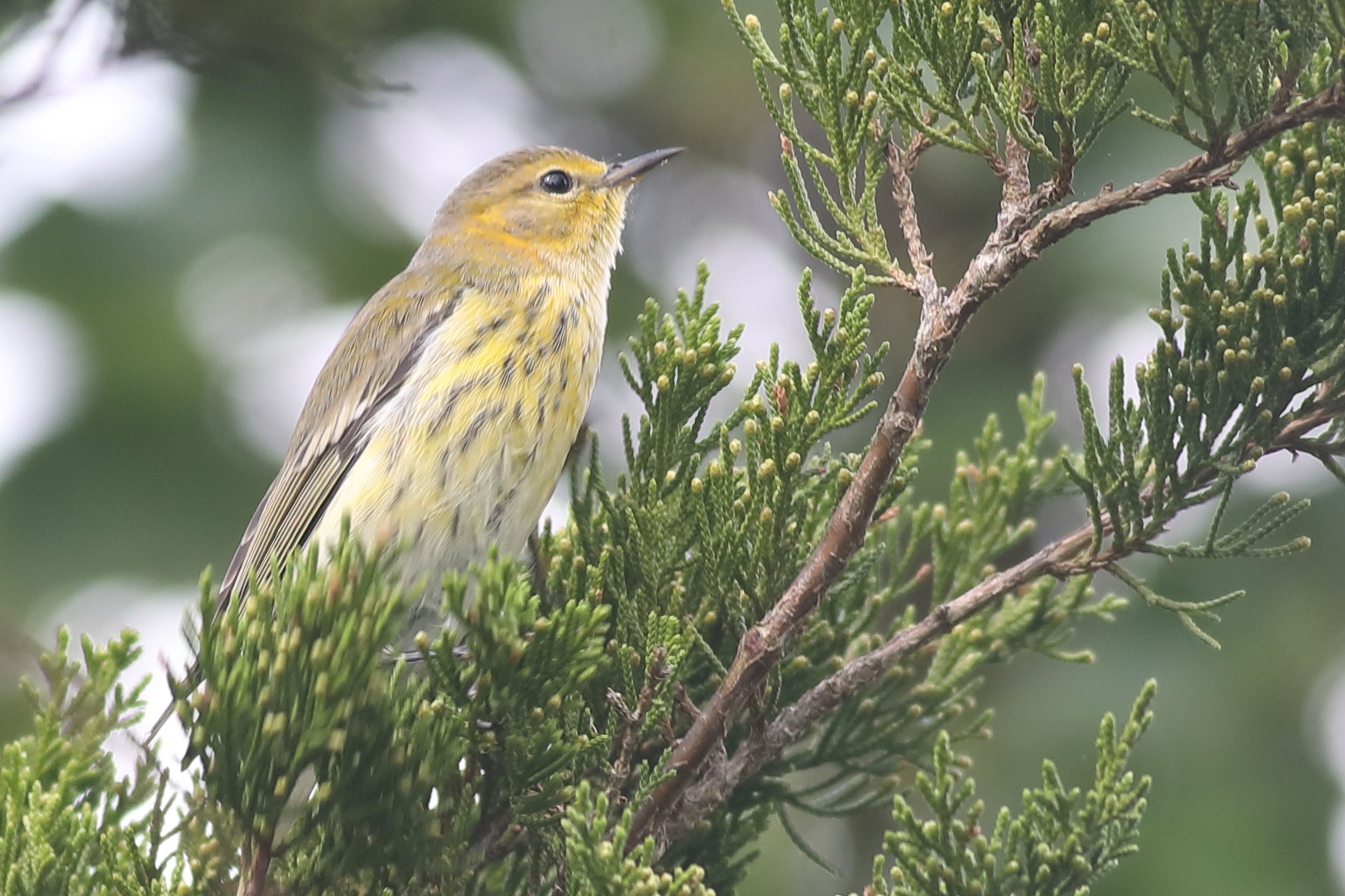“Wood Warblers”, or as they are usually referenced simply “Warblers”, have been called "Gems on the Wing." They are a uniquely American bird cherished throughout New York State from Central Park, in the Hudson Valley and to the north and West. Like this American Redstart.
Kyle Bardwell, an avid birder and board member of the Putnam Highlands Audubon Society has collected many of his best Warbler sightings by camera that we present here in digital form.
In the Wikipedia "List of Birds of New York" we learn that Warblers are of the Order, Passeriformes; Family, Parulidae, and that "the wood warblers are a group of small often colorful passerine birds restricted to the New World. Most are arboreal, but some are more terrestrial. Most members of this family are insectivores. Forty-four species have been recorded in New York."
In case you were wondering, “A passerine is a bird of the order Passeriformes, which includes more than half of all bird species. They are songbirds which can perch. Most of them are small in size, and most can sing very well.” Simple English Wikipedia
Prairie Warbler
Prairie Warbler
Black & White
Black and White
Black Burnian
Hooded Warbler
Hooded Warbler
Blackpoll
Blackpoll
Blackpoll
Cape May Warblers
Magnolia Warbler
The Cornell Lab of Ornithology says, “Warblers are among the most challenging birds to identify, with their seasonally changing plumages and often-confused songs and calls. Download eight illustrated plates for free, provided by the authors of The Warbler Guide. Use these "Quick Finders" to help you identify any of the 56 species of warblers in the United States and Canada.” Download Here
Magnolia Warbler
Support Putnam Highlands Audubon Society Click Here
Northern Waterthrush
Wood-Warblers, New World Warblers - Sylvicolinae
“Bill short, or of moderate length, rather slender, somewhat conical, considerably broader than high at the base, gradually compressed toward the end; upper mandible with its dorsal outline straight until near the end, the point very narrow, the notches very slight; lower mandible with the angle rather short and narrow, the dorsal line straight, the edges somewhat involute, the tip acute. Head moderate, ovate; neck short; body rather slender. Feet of moderate length; tarsus longer than the middle toe, slender, much compressed, with eight anterior scutella, of which the upper are blended; toes rather small, or of moderate size, hind toe proportionally stout, outer adherent for a short way at the base; claws moderate, much compressed, arched, acute. Plumage generally soft and blended. Wings of moderate length. Tail of moderate length, of twelve feathers. Tongue of moderate length, sagittate, tapering. OEsophagus of moderate width, without dilatation; proventriculus bulbiform; stomach of moderate size, roundish or elliptical, moderately muscular, with the muscles distinct; epithelium dense, longitudinally rugous; intestine short, rather wide; coeca very small; cloaca oblong. Trachea simple, with four pairs of inferior laryngeal muscles.” John J Audubon - Birds of America
Pine Warbler
Black-Throated Blue Warbler female
Tennessee Warbler
Common Ywllowthroat
Want to Receive Notices of Upcoming PHAS Bird Walks and Events - Join Our Mailing List
